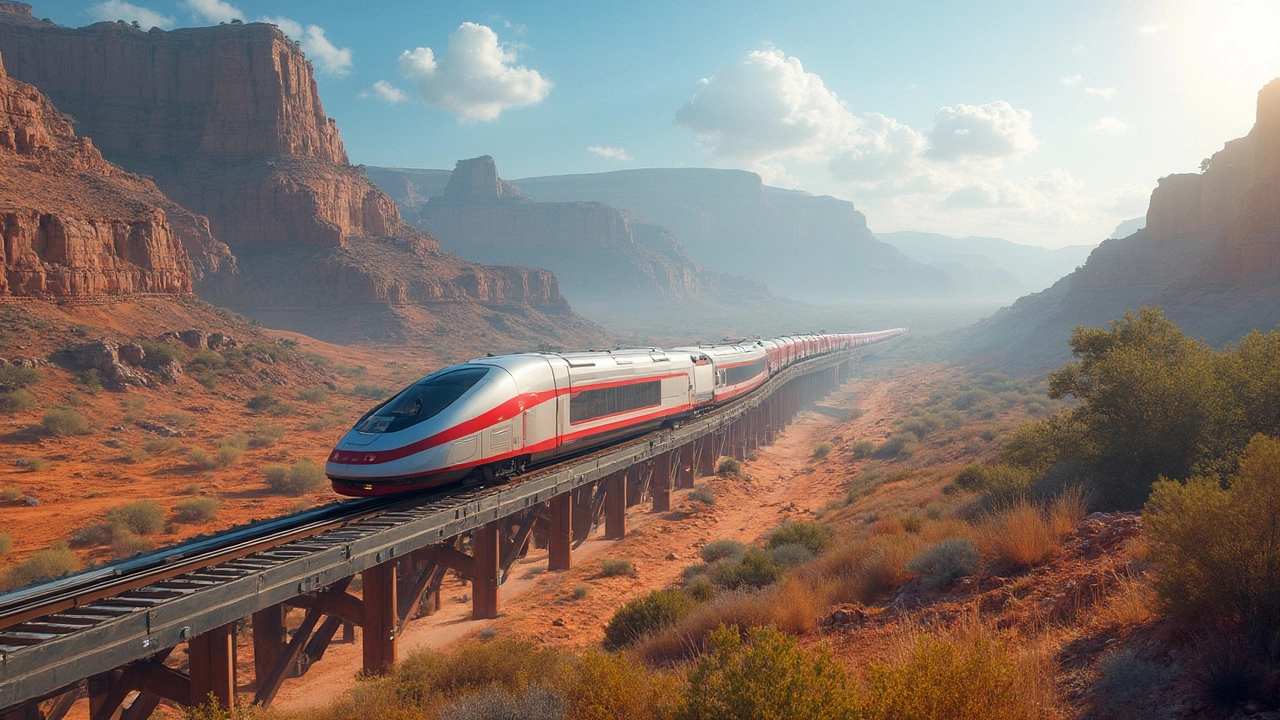Understanding Longitudinal Beams in Modern Railway Design
If you've ever wondered what holds railway tracks steady, longitudinal beams play a big role. They run lengthwise beneath the rails, supporting them and keeping everything in place. Unlike traditional sleepers that lie across the tracks, these beams spread out the load and help prevent track shifting or damage.
Longitudinal beams are a key part of track systems often called "ladder tracks" or "tubular tracks." These systems use beams running along the tracks connected by crossbars, forming a sturdy frame. This design cuts down on how often tracks need repairs and makes the ride smoother for trains.
Why Ladder Tracks and Tubular Beams Are Gaining Popularity
Ladder track systems with longitudinal beams have been around since the 19th century but are enjoying a comeback thanks to modern improvements. Cities and rail companies like South Africa's Gautrain project favor them because they handle heavy loads and tricky environments better than traditional setups.
These beams reduce pressure on the roadbed — the foundation under the tracks — which means less wear and tear. Also, maintenance becomes simpler. Instead of replacing dozens of sleepers, crews can focus on the beams, saving time and money.
What This Means for Railways and You
While these beam systems sound technical, their benefits affect everyday train travelers. Tracks stay more reliable and safe, with fewer delays from repairs. Plus, smoother rails mean quieter rides and better speed control. It's a win for passengers and freight alike.
Rail engineers keep refining this design to deal with challenges like noise, vibration, and wear. The goal is clear: build railways that last longer and serve communities better. So next time you spot a train moving steadily on open tracks, know there might be longitudinal beams quietly doing the heavy lifting underneath.
Ladder track is a game-changer in the railway system, using innovative longitudinal beams and transverse connectors to support rails. It's an evolution from 19th-century designs, addressing issues like vertical vibrations and noise. Modern versions such as Tubular Modular Track and those developed by Japan’s RTRI offer low-maintenance, stable solutions perfect for wet or desert environments. These technologies pave the way for more efficient and reliable rail travel.


 Sports
Sports